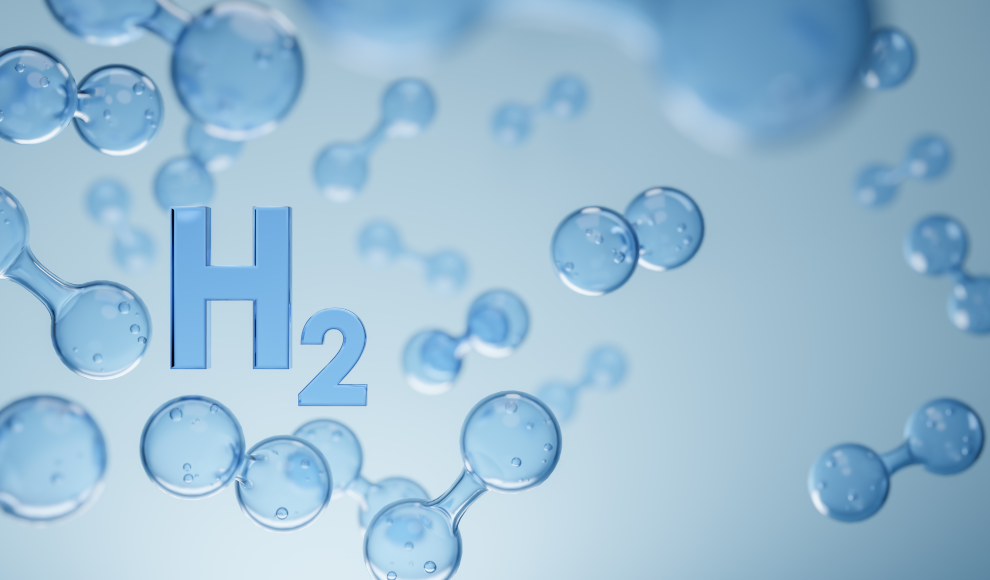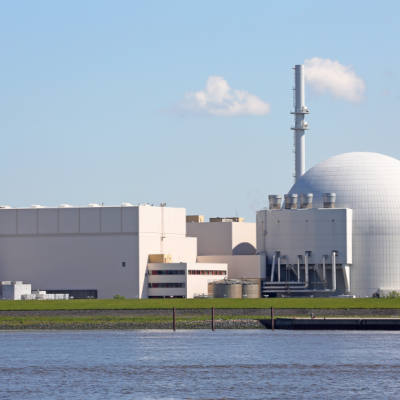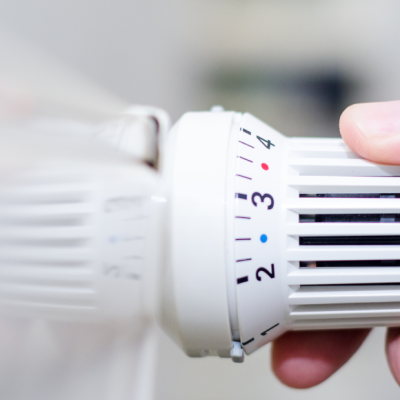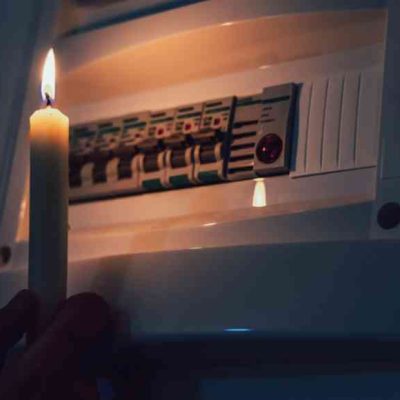Innovative Double Membrane System Produces Hydrogen from Salty Seawater
Scientists from Stanford University, the Department of Energy’s SLAC National Accelerator Laboratory, the University of Oregon, and the Manchester Metropolitan University have developed an innovative double membrane system that can produce hydrogen directly from salty seawater. This development is a significant step towards the industrial production of CO2-neutral fuels. The production of hydrogen from seawater has been problematic in the past due to the cost-intensive and energy-consuming water treatment required because of the different impurities present. Another option is the production of hydrogen from freshwater, which is also often contaminated and increasingly scarce on Earth. Therefore, scientists are working hard to develop new technologies for efficient hydrogen production from salty water.
The team of scientists has introduced a bipolar membrane system with two layers and tested it using electrolysis, a process that uses electricity to move ions, or charged elements, to carry out a desired reaction. The researchers began by controlling the most harmful element for the seawater system, chloride. An ideal membrane system would fulfill three essential functions, namely, separating hydrogen and oxygen gases from seawater, allowing only useful hydrogen and hydroxide ions to pass while retaining other seawater ions and preventing unwanted reactions. In their specific experiment, positive hydrogen ions pass through one of the membrane layers and are collected and converted into hydrogen gas by interacting with a negatively charged electrode. The second membrane in the system only allows negative ions, such as chloride, to pass through. Additionally, one of the membrane layers contains firmly anchored, negatively charged groups, making it difficult for other negatively charged ions, such as chloride, to reach places where they should not be.
The negative membrane proved to be extremely effective in blocking almost all chloride ions in the team’s experiments, and their system worked without producing toxic by-products such as bleach and chlorine. Besides developing a membrane system for converting seawater into hydrogen, the study also contributes to a better general understanding of the movement of seawater ions through membranes, which can help scientists design stronger membranes for other applications, such as the production of oxygen gas. The researchers plan to improve their electrodes and membranes by using materials that are more common and easier to break down. This improvement could make it easier to scale up the electrolysis system to produce the amount of hydrogen needed for energy-intensive activities such as transportation.










